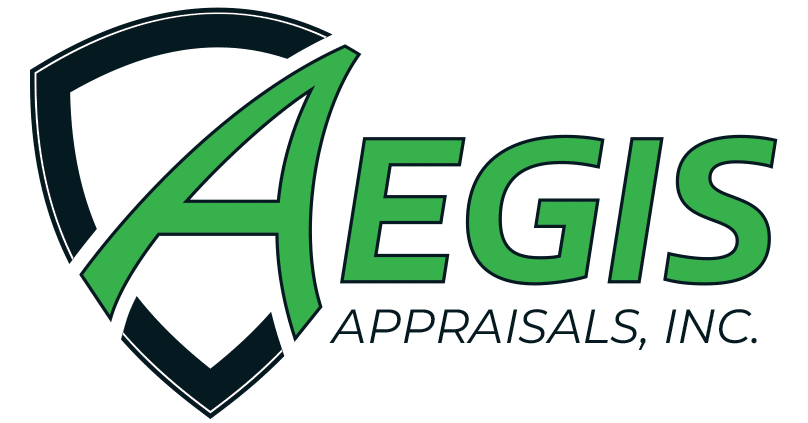PMI Removal: Private Mortgage Insurance
Aegis Appraisals can help you remove your Private Mortgage Insurance.
What is PMI?
It’s generally known that providing a 20% down payment is a common practice when purchasing a home. This is because as most people obtain a mortgage, their lender’s risk is usually associated with the difference between the home’s value and the amount outstanding on the loan, and the 20% has been a generally accepted typical requirement from the lender to supply a buffer against losses from the chance of foreclosure and reselling the home, considering typical value variations in the market in the event a purchaser isn’t able to pay.
Lenders in recent years have begun taking down payments down to 10, 5 and even 0 percent under some loan programs, especially during the peak of the most recent mortgage boom. How does a lender manage the additional risk of the small down payment? The answer is Private Mortgage Insurance, or PMI. PMI covers the lender in the event a borrower is unable to pay on the loan and the worth of the house is lower than the balance of the loan.
PMI is costly to borrowers.
The cost of PMI is affected by factors like your credit score and the amount of your down payment. The cost can vary from borrower to borrower and generally runs between 0.5% and 2% of the loan amount of the mortgage. This cost is increased to a borrower when that $40-$50 a month per $100,000 borrowed is compiled into the mortgage payment, gathers interest charges over 30 years, and many times isn’t even tax deductible. It’s advantageous for the lender because they secure the money, and they get the money if the borrower doesn’t pay, opposite from a piggyback loan where the lender consumes all the costs.
With the implementation of The Homeowners Protection Act of 1998, on nearly all loans lenders are forced to automatically cease the PMI when the principal balance of the loan reaches 78% of the primary loan amount. Smart homeowners can get off the hook sooner than expected. The law stipulates that, upon request of the homeowner, the PMI must be dropped when the principal amount equals just 80%.
Since it can take countless years to reach the point where the principal is only 20% of the initial amount borrowed, it’s crucial to know how your home has grown in value. After all, every bit of appreciation you’ve accomplished over time counts towards removing PMI. So why pay it after the balance of your loan has fallen below the 80% threshold? Your neighborhood may not be reflecting the national trends and/or your home might have secured equity before things calmed down, so even when nationwide trends predict falling home values, you should understand that real estate is local.
A certified, licensed real estate appraiser can help homeowners understand just when their home’s equity rises above the 20% point, as it’s a hard thing to know.
As appraisers, it’s our job to keep up with the market dynamics of our area.
At Aegis Appraisals, we’re experts at recognizing value trends in the Greater Houston metropolitan area and surrounding counties, and we know when property values have risen or declined. Faced with data from an appraiser, the mortgage company will most often eliminate the PMI with little effort. The homeowner can delight in the savings from that point on.

